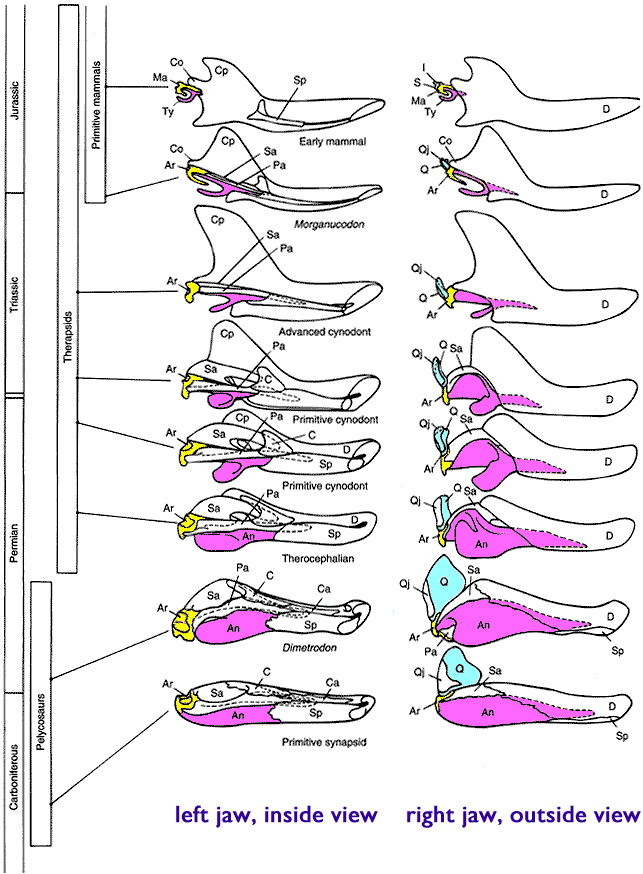One can observe the evolution of an IC structure in the fossil record. The mammalian middle ear is composed of three bones. If one is removed then the function of the system (ie hearing) ceases. What we see in the fossil record is that two of the bones of the "irreducible system" actually started out as jaw bones. Each step is functional and selectable, and the final product is an IC system.
It is this example and others (eg intermediates for eye evolution) that led Behe to focus on molecular systems which did not leave a fossil record.
Behe makes two leaps of faith. First, that IC systems can't evolve. He tries to stack the deck by claiming that direct evolutionary pathways can not result in IC systems. So what? Indirect pathways can. So what does Behe do? Claims that indirect pathways are improbable which he quickly conflates with impossible. Behe has yet to supply any evidence to support his incredulity.
The second leap of faith is the very historic characteristics of his IC systems. Was the first flagellum irreducibly complex, or did it have redundant parts that were removed through mutation later on? Without this answer Behe can not claim that the system is unevolvable.
Indirect evolutionary pathways, in theory, can produce IC systems. For Behe to claim that IC systems can not evolve he must show how these indirect pathways are impossible, outside of his own incredulity.




